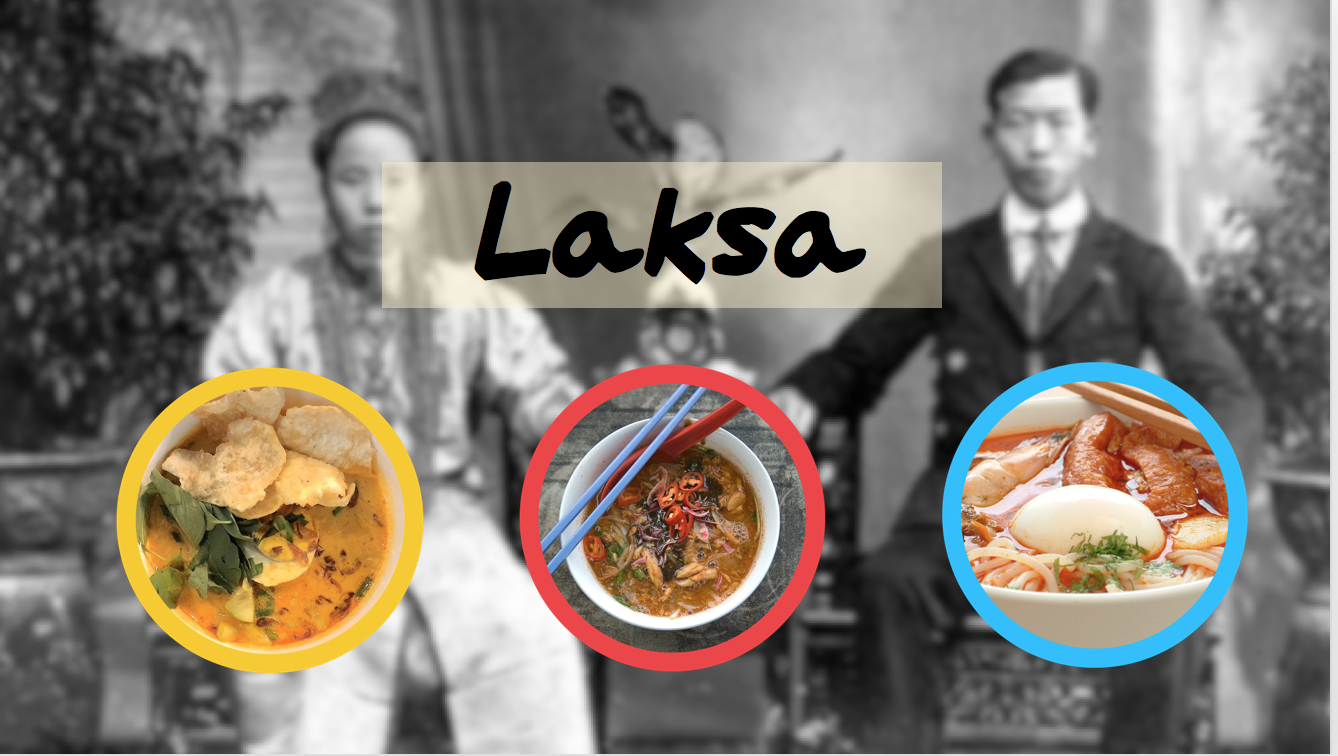As a hub for trade and culture, local cuisine in Singapore is derived from multiple influences.
What has resulted is a myriad of dishes that have secured a place in the hearts (and stomachs) of many Singaporeans.
Laksa is one such dish.
Today, it stands as a testament to the cultural hybridity of our local food as well as food in Southeast Asia.
Name origins
Despite being a Southeast Asian creation, the dish's name itself suggests cultural exchanges.
The word "laksa" might have actually been derived from Sanskrit or Persian, which are ancient languages in South Asia and the Middle East respectively.
In Sanskrit, "laksha" means "many," and might possibly refer to the multitude of ingredients that go into a bowl of laksa.
However, The Oxford Companion To Food also states that "laksa" has origins from the Persian word for noodle, "laksha", meaning slippery.
Product of intermarriages?
While we might never be able to pinpoint the exact place of origin for the well-loved dish known laksa, it is widely recognised that it came from the Southeast Asian region.
Trade has always been central to Southeast Asia's history, and port cities like Singapore, Malacca and Penang are major stops along the spice route.
Because of trade routes, some Chinese traders that reached Singapore's shores settled down with local women.
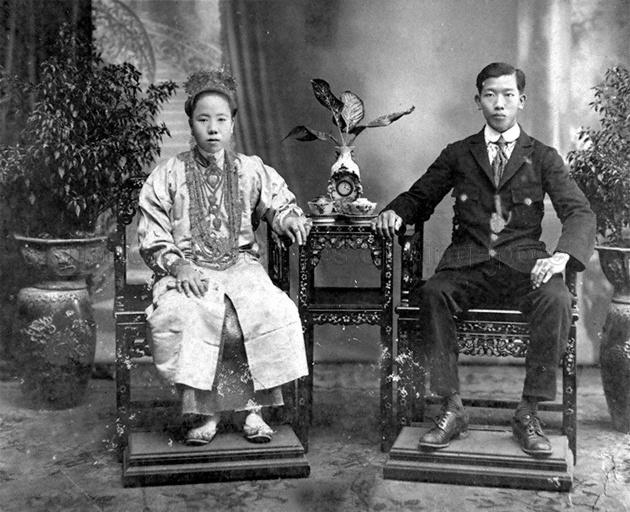 Photo from NAS.
Photo from NAS.
According to Atlas Obscura, it was suggested that without these intermarriages, we would not have had laksa.
With intermarriage, what resulted was not only descendants known as Peranakans, but also culturally hybrid dishes like laksa, which wedded local spices and even coconut milk to Chinese noodle soup.
One name, many variations
In Singapore, one can typically expect to find two types of laksa: Assam or curry-based.
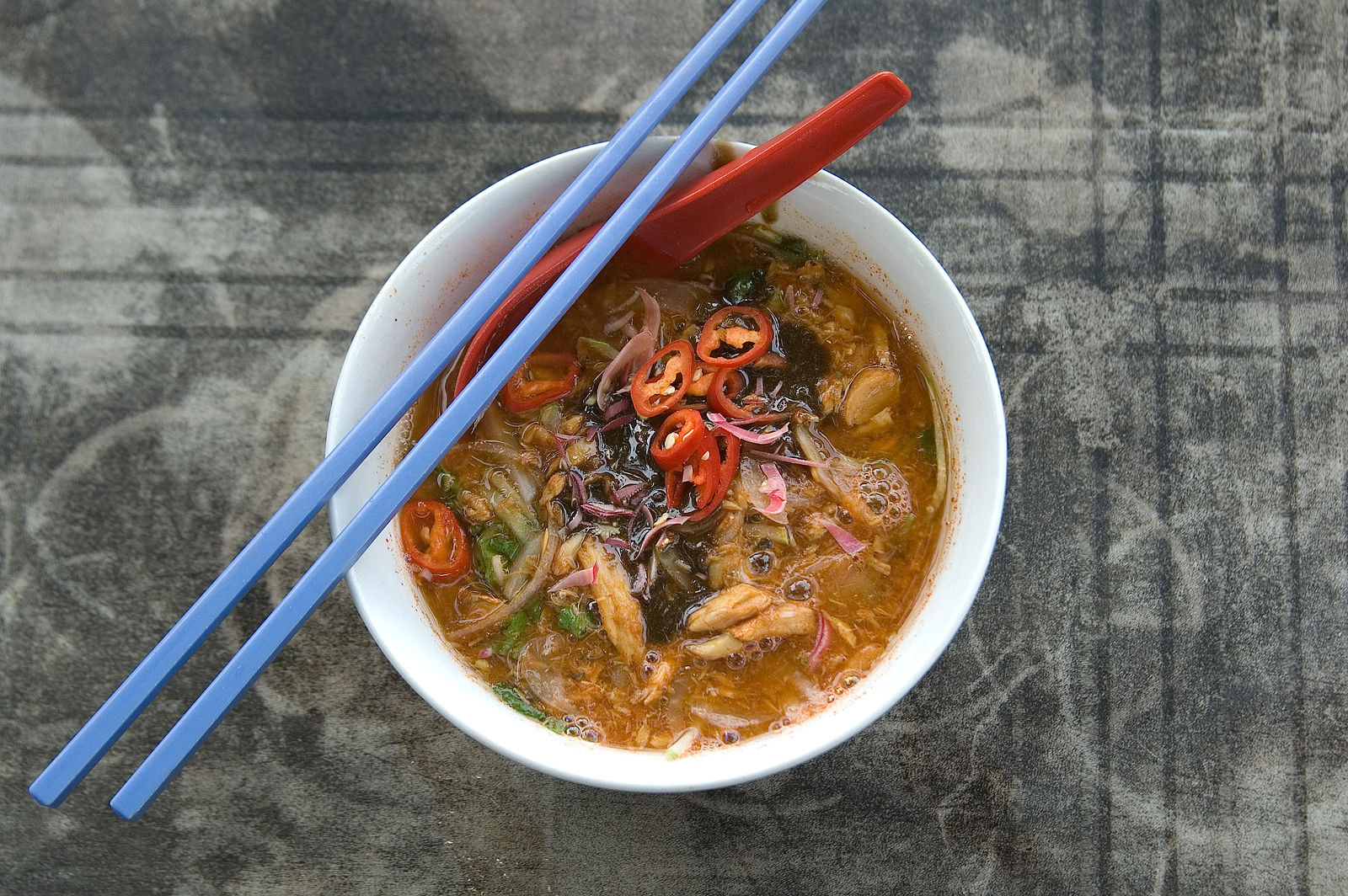 Photo by Jonathan Lin via Wikimedia Commons
Photo by Jonathan Lin via Wikimedia Commons
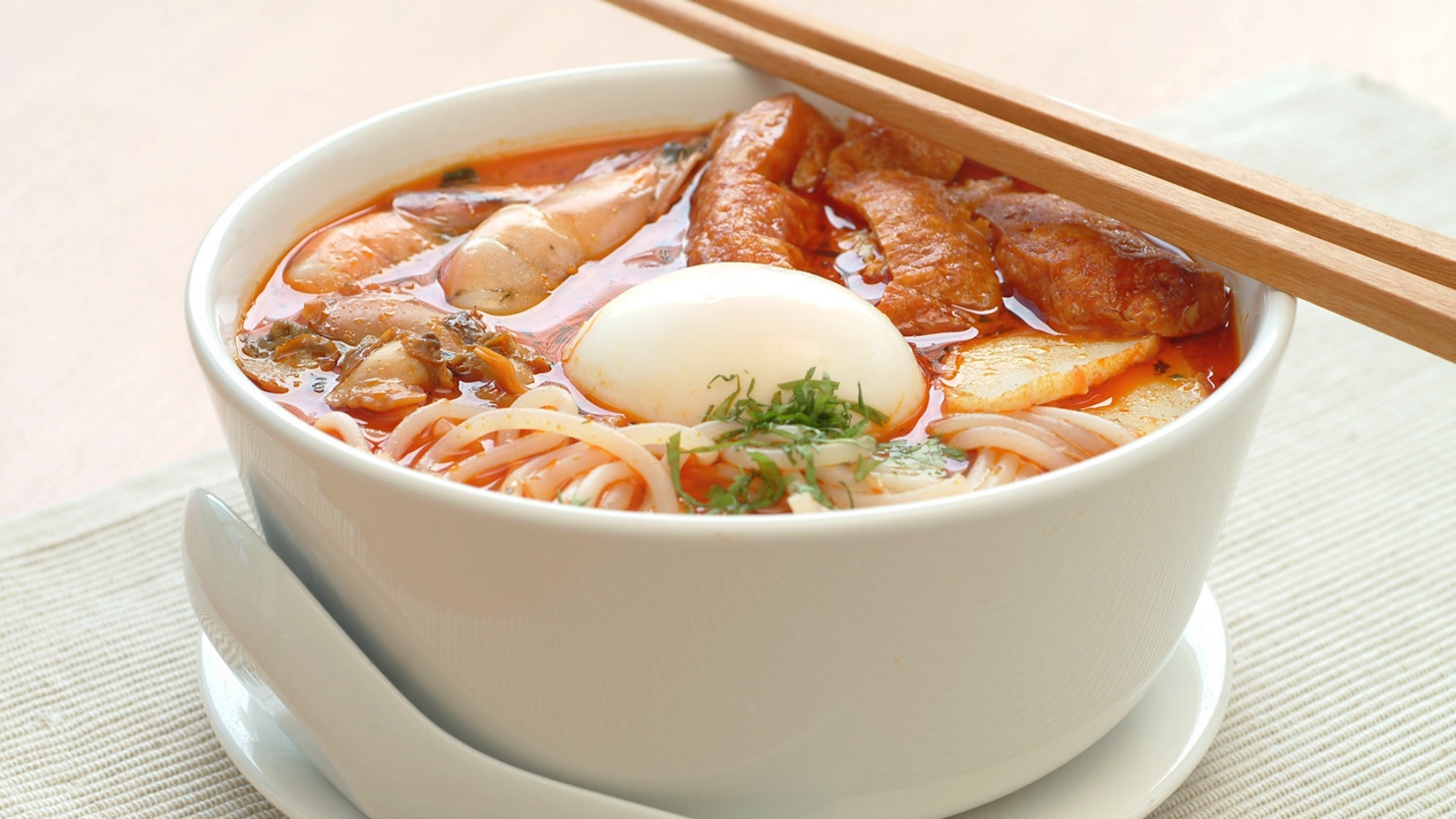 Photo from Visit Singapore.
Photo from Visit Singapore.
Curry-based laksa is made with coconut milk, and can be found in Singapore as nonya or Katong laksa. Assam laksa, however, does not have coconut milk, and has a sour taste to it.
As early as 1912, there have been records of laksa in The Singapore Free Press and Mercantile Adviser. However, this dish referred to a vermicelli soup with mushrooms.
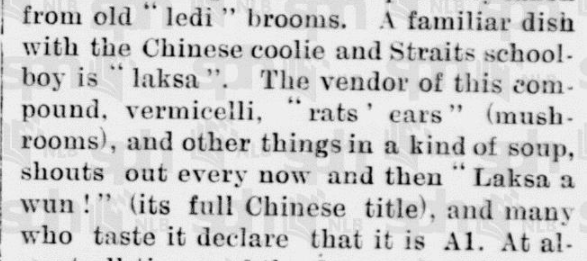 Snippet of Singapore Free Press article, October 10, 1912. Source: NewspaperSG
Snippet of Singapore Free Press article, October 10, 1912. Source: NewspaperSG
Bearing in mind that "laksa" could have been derived from the Persian word for "noodles," the dish at that time may not necessarily be the same as the laksa that we are used to eating today.
Closer to the laksa that we can find today in Singapore, Seow Poh Leng wrote a poem in 1931 describing laksa. This is an excerpt of the poem where laksa was mentioned:
"By four o’clock each morning when you are all abed
The ‘laksa’ I’m preparing that people may be fed
I grind some rice to powder and knead it to a dough
Then press it through a sieve to a boiling pot below.
This stringy mass of flour which hardens as it boils
Is made up into lumps of tiny snow-white coils;
Then served with tasty gravy and a pinch of fragrant spice
My ‘laksa’ finds more favour than the ordinary rice."
[related_story]
Today, laksa can still be found in other parts of Southeast Asia such as Indonesia or Malaysia.
As a product of cultural intermarriage, the dish took on various local flavours in order to suit different tastebuds in the region.
For instance, laksa betawi in Indonesia has ketupat, vermicelli in a chicken laksa broth. It is also served with crackers.
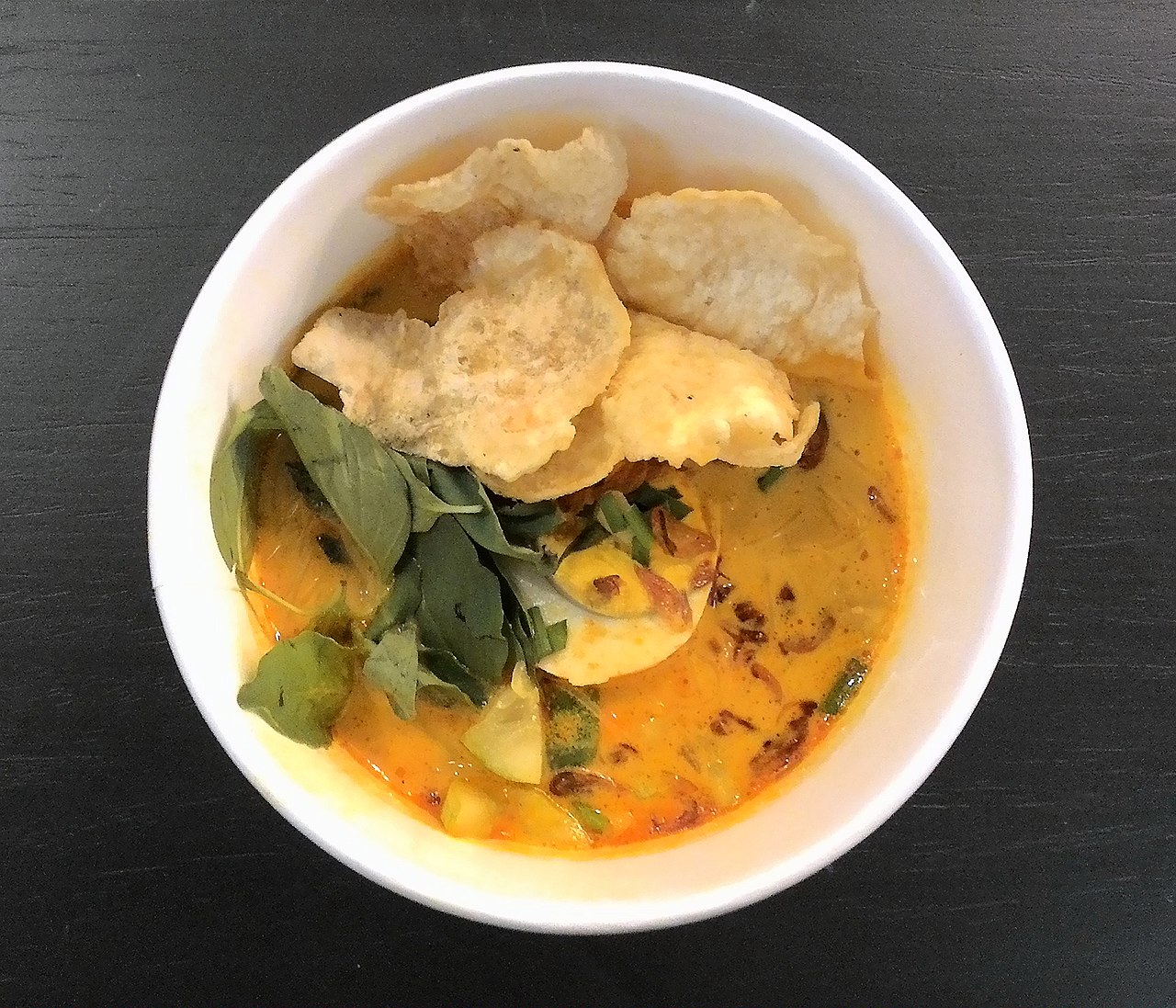 Photo by Gunawan Kartapranata via Wikimedia Commons
Photo by Gunawan Kartapranata via Wikimedia Commons
Laksam, found in Kelantan and Northeastern Malaysian states, is made with very thick flat white rice flour noodles in a rich white gravy of boiled fish and coconut milk.
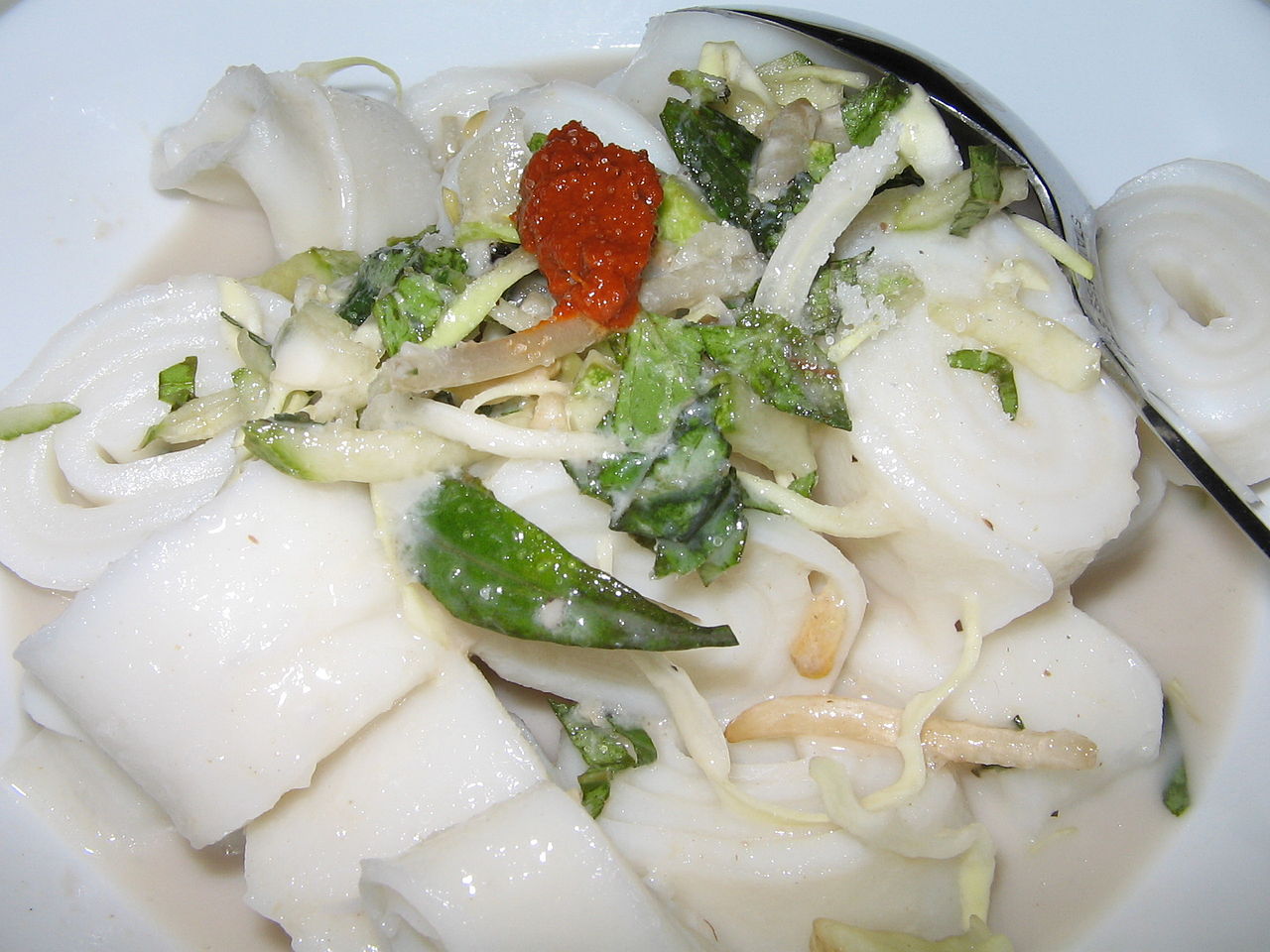 Photo by Yosri via Wikimedia Commons
Photo by Yosri via Wikimedia Commons
Even though all these dishes are fondly known as "laksa" or some close variation of it, they can be quite different, showcasing the many cultural adaptations that a single dish can take.
Top photo composite image, adapted from NAS, Wikimedia Commons and Visit Singapore.
Here are some totally unrelated but equally interesting stories:
Mums share their experience in helping their kids go cashless
This guide to interacting with persons with disabilities will make you a better person
If you like what you read, follow us on Facebook, Instagram, Twitter and Telegram to get the latest updates.
